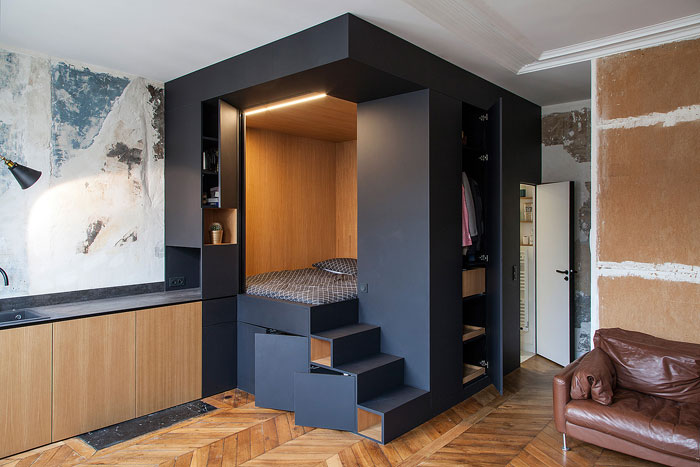Master the Art of Space Designing With These Tips
By meticulously considering these aspects, one can elevate a simple area into a room that reverberates with individuality and functionality. The blend of appearances and functionality in room layout is a captivating trip worth checking out better to open the real potential of any type of living space.
Choosing the Right Color Design
When creating an area, choosing the proper color design is a fundamental action that establishes the tone for the whole room. Shades have the power to stimulate emotions, create impressions of space, and affect the general ambiance of a space. Comprehending the psychology of shades is vital in choosing the right combination.
Neutral colors like white, off-white, and grey are functional and timeless, supplying a feeling of tranquility and serenity to an area. They function as a superb base for including stands out of brighter colors via devices or accent wall surfaces. Strong colors such as deep blues, rich eco-friendlies, or lively yellows can add dramatization and personality to an area, but should be utilized attentively to prevent frustrating the room.
Cozy tones like yellows, reds, and oranges are welcoming and stimulating, making them perfect for social areas like living areas or dining areas. By thoroughly choosing a shade system that complements the function of the space and reflects your individual style, you can produce a unified and visually appealing area.
Maximizing Area With Smart Layouts
To efficiently make use of the offered space in a space, critical formats can be applied to enhance capability and aesthetic appeal. When maximizing room with clever layouts, it's necessary to think about the area's purpose and the activities that will take area within it. Begin by determining the measurements of the area and drawing up where crucial elements such as furniture, light, and storage space units will certainly be placed.
One efficient way to take full advantage of room is by utilizing multifunctional furnishings pieces like sofa beds or storage ottomans that offer twin objectives without occupying added space. In addition, arranging furniture in such a way that advertises traffic flow and creates assigned areas for various activities can make the room feel more large and organized.
One more suggestion is to make use of upright room by setting up shelves or wall-mounted storage space devices to maintain products off the floor and create an illusion of greater ceilings. By purposefully intending the format of an area, you can maximize the offered space while boosting both its performance and aesthetic allure.
Incorporating Personal Touches
In area creating, instilling tailored aspects improves the total atmosphere and creates a room that shows private style and preferences. Integrating personal touches is an essential aspect of indoor style as it changes an area into a distinct and welcoming area. One way to add individual flair is via making use of artwork and decor that holds nostalgic value or showcases one's passions. Family members pictures, traveling souvenirs, or hand-made crafts can all work as meaningful designs that offer an area personality.
An additional way to include individual touches is through the option of furnishings and fabrics. Choosing pieces that resonate with one's style and comfort choices can significantly affect the total feeling of a room. Whether it's a comfy armchair, a vintage rug, or a statement lights component, these elements can mirror individual taste and develop an area that seems like home.
Additionally, integrating custom components such as bespoke furnishings, handmade items, or DIY projects can additionally customize an area and additional reading make it genuinely unique. By infusing these personal touches, individuals can create an area that not just looks attractive but also speaks with who they are.
Lighting: A Secret Design Element
Properly intended illumination can enhance the aesthetic charm of a space, develop a particular state of mind, and even make a room appear larger. When designing a space, it is vital to consider the different kinds of illumination available: ambient, job, and accent illumination.
To achieve a well-balanced illumination system, it is a good idea to include a mix of these lights kinds. By carefully picking and strategically placing light fixtures, an area can be changed into an inviting and useful area.
Furnishings Option and Positioning

Positioning of furnishings is just as vital in area layout. Start by identifying the centerpiece of the room, whether it's a fire place, a large window with a sight, or an item of artwork. Organize the furnishings around this prime focus to produce a balanced and aesthetically appealing design. Additionally, be conscious of web traffic flow within the room to ensure that there suffices area to walk around comfortably.

Conclusion
To conclude, grasping the art of area making entails tactical shade choice, room sofa chair near me optimization, customization, lighting options, and furniture placement. By carefully taking into consideration these components, one can produce a visually attractive, practical, and comfortable area that reflects specific design and maximizes the offered space. With attention to detail and thoughtful preparation, any person can transform a room into a well-designed and welcoming environment.
When designing Clicking Here an area, selecting the ideal shade scheme is a basic action that establishes the tone for the entire area. By carefully selecting a color system that complements the function of the space and mirrors your individual design, you can produce a aesthetically enticing and unified space.
In area creating, instilling personalized aspects improves the general atmosphere and develops a space that reflects individual style and choices (Sleeper Sofa Near Me). When picking furniture, think about the dimension and design of the space to ensure that each piece complements the space without overwhelming it.In verdict, mastering the art of room developing includes critical shade option, room optimization, personalization, lighting choices, and furniture placement